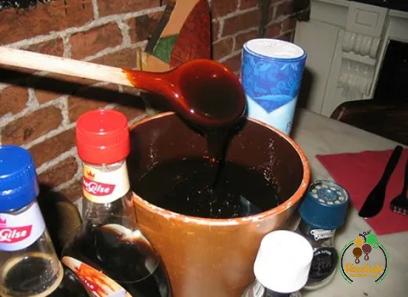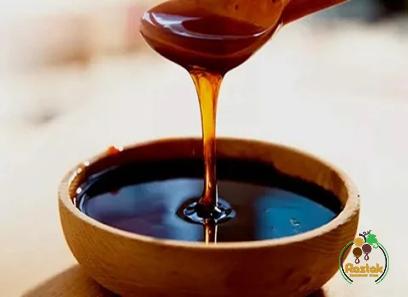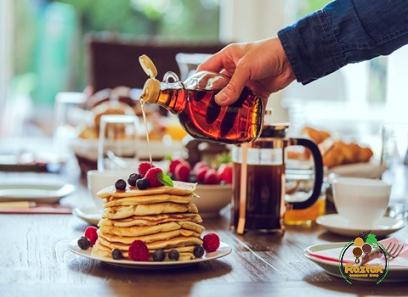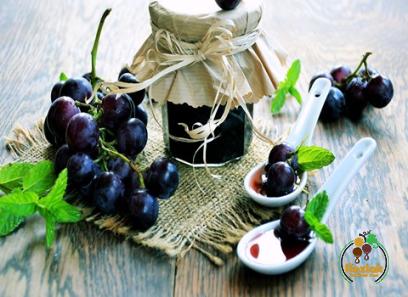Fall Royal Grape is a black seed variety from California that has many benefits. Seedless black grapes are round to slightly oval in shape and have dark purple to near black skin with a waxy bloom.
The skin is firm and does not slide off the meat. Its flesh is soft to the touch and distinctly juicy with a sweet, strong and musky taste. Although seedless blackcurrants are defined as seedless, they sometimes contain one or two small fleshy seeds that are almost indistinguishable.
Season / Availability
Fall royal black grapes are usually from mid to late summer to early fall.
Autumn Royal (Vitis vinifera ‘Autumn Royal’) is a late-maturing, seedless black grape that ripens in late September to mid-October and was developed by horticulturists at the University of California, Fresno. Autumn royal grapes can be grown in Mediterranean climates.
1. The royal sock bear plant is 6 to 8 feet tall in early spring. Plant in a sunny, well-drained location in soil with a pH of 6 to 6.5. Fertilize each plant with ½ to 1 ounce of nitrogen using a balanced fertilizer and well water. Balanced fertilizer containing equal amounts of nitrogen, phosphorus and potassium.

2. Slender branches grow from the stem when they are 6 to 12 inches long. On each thorn or bud, place two branches along the circumference or “arms” of the vines.
3. Train the vines to the T-trellis. Scaffold poles should be 8 feet high, buried 3 feet into the soil, and surfaced with a 5-foot cross-section. In a favorite quad canopy, straws are grown on wires that extend from either side of the tee. Rows should be 11 to 12 feet apart.
4. Prune the wreath branches that extend to the sides of the tee from December to January. Put 24 to 32 buds on each vine. This is called super pruning.
5. Remove the basal or lower leaves from the stem up to the first five nodes. They rarely affect grape growth and their removal prevents disease.
6. Deep watering every two to three weeks during the growing season, drip irrigation is preferred. In hot spots indoors, each vine needs 6 to 8 gallons of water. Fall Royal grapes grown on the coast or in northern California require less water. If you let the grapes get too dry, get them wet and the grapes may burst.
7. Apply 1 pound of ammonium sulfate, 3/4 pound of ammonium nitrate, and 1/2 pound of urea to each plant after flowering or at grape set. Grapes are set when they are 1/4 inch wide. Apply 5 to 10 pounds of compost per plant in January or February. Spray 1/10 lb. zinc per gallon one week before vines bloom or during bloom but one week before bloom.

8. In early summer, cut the branches at a height of 3 or 4 feet from the ground. Stems can reach 10 feet or more during the growing season. This makes it easy to manage Chrome. Summer pruning results in more growth in mid to late summer.
9. When 75-80% of the flowers have matured, apply 2-3 grams of gibberellic acid per hectare. This increases the size and length of the grapes and reduces the number of grape seeds. GA is a plant growth hormone that affects cell growth and elongation.
10. Once the vines are installed, secure the stems with a double-edged knife. Strapping is the process of removing a strip of skin 1/8, 3/16, or 1/4 inch wide from the wood that holds the grapes.
The belt removes a thin layer of bark and cambium from the reeds, but does not remove it from the wood. The phloem and cambium consist of tubes and tissues that transport sugar and plant nutrients to the grape.
The girdle disrupts the flow of nutrients in the stem and sends them all to the vine. Clustering increases the weight of the autumn grapes of Shahi by 10 to 15%.
Autumn royal juice provides the highest amount of phenols and anthocyanins and shows the highest antioxidant capacity, which provides health-promoting properties compared to other studied grape varieties.
Practical applications: Grapes have health promoting effects due to having a wide range of bioactive phenols. Grape juice made from blue grapes (Autumn Royale, Ribier) had higher phenol and antioxidant capacity compared to the juice extracted from red grapes (Red Globe, Crimson Seedless).

Skin is a good source of phenols and has a high antioxidant capacity. Some of the health-promoting phenols in blueberries are especially abundant in the skin, which should not be discarded.
Grape seeds and its skin are good sources of phytochemicals such as gallic acid, catechin and epicatechin, and are suitable raw materials for the production of antioxidant food supplements.
The difference in the levels of main monoflavones and phenolic acids in Vitis Vinifera Merlot and Chardonnay grape seeds and skins and Vitis rotundifolia grape seeds of Muscadine variety was determined and the antioxidant activity of these components was evaluated. The contribution of monoflavanols and phenolic acids in the antioxidant capacity of whole seed and grape skin was also determined.
Autumn Royale is a late season black grape. It has elongated purple-black berries with a crisp skin, firm texture and pleasant sweetness. It is usually seedless and has an attractive translucent yellow-green flesh.
Under certain weather conditions, Royal Fall can produce a “trail” of seeds that can be seen, but usually cannot be detected by “mouth feel”. Sometimes, however, seeds acquire sufficient hardness to be identified. Autumn Royale is sometimes susceptible to “rot” which becomes apparent to the consumer as the berries drop off the vine.

Due to its late ripening, Fall Royal offers growers high quality seasonal grapes from each region.
Different uses of grapes:
Bread – Grapes work just like any other berry – and they do – in baking applications including pies, cakes, breads and pizzas (or even pancakes). Braised Cabbage with Grapes is a classic buffet dish.
Put them – peel and all – in a blender to make smoothies, cocktails and other delicious drinks.
Blisters – High heat will do the trick (try grapeseed oil for this). Cook until the skin is crispy.
BBQ – Try prosciutto-wrapped grapes to sit on angels on horseback. Great for appetizers.
Snap – The best way to serve grapes as a snack or appetizer is to cut them into small clusters. Grapes have very good cover, color, dimensions and taste.
Cup – See grape and lemon cup decoration.
Ornamental – Grapes are a caterer’s dream with three vibrant colors for work. So go ahead, curtains, tassels, b-stripes – imagination is the limit.











Your comment submitted.